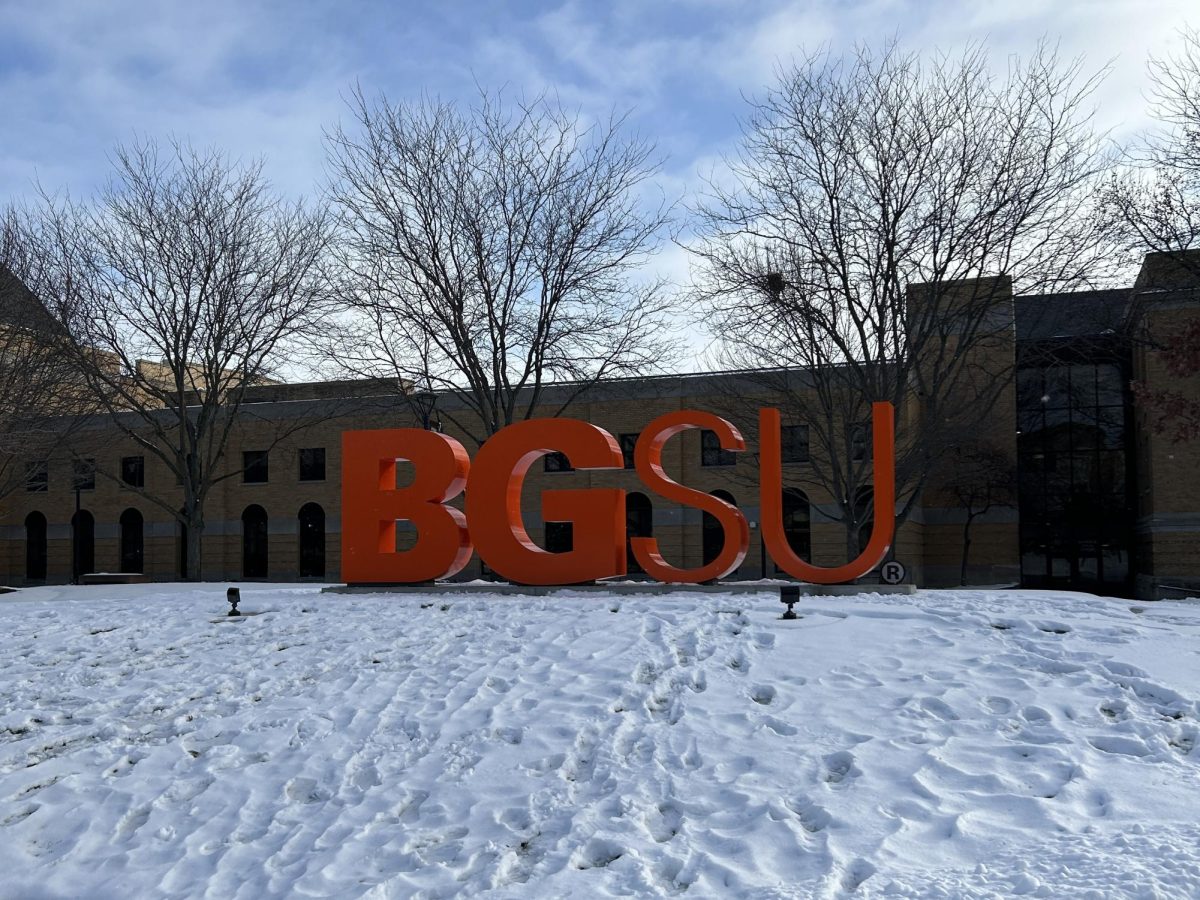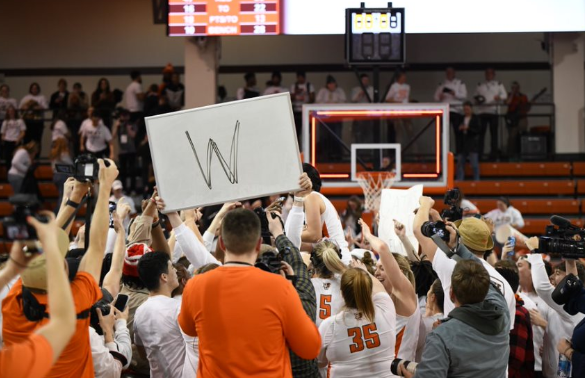The University Faculty Association represents the University’s faculty as a bargaining unit, but is the BGSU-FA truly representative of the University’s faculty?
That question was raised recently and answered in the negative. I disagree and I’m going to respond here.
Readers may be now asking themselves, “Why?” or perhaps even, “Why, God, why?”
If you are muttering something along those lines, believe me, I get that. I don’t usually target my columns in response to other writers.
Everyone has a right to his or her opinions and why should the University community be afflicted with the prospect of two academics duking it out in the opinion section of The BG News as if they were Godzilla and Mothra rampaging through the ruins of Tokyo? Isn’t that why reality TV was invented?
Couldn’t people just tune into Real Academics of Northwest Ohio or The Erie Shore if they want that kind of vulgar entertainment?
But the issue of how and why the BGSU-FA represents faculty is important and peculiarly urgent at this moment. So please indulge me and feel free to imagine me as Godzilla or Mothra, as it suits you. More than two years ago, the entire faculty voted on whether to unionize and a very strong majority voted in favor of unionization: 57 percent.
Fifty-seven percent is not 100 percent. But that’s how elections work. The fact that 43 percent voted against the union doesn’t mean they are not represented by the union, which is obliged to look out for their interests along with all full-time faculty. Some people ignore this historical reality and apply their imagination to the idea that the officers of the BGSU-FA are all from the College of Arts and Sciences.
Since the College of Arts and Sciences is by far the largest and most diverse faculty on the campus, it’s not surprising they’d be strongly represented. In fact, anything else would be odd.
But it’s not true that all of the BGSU-FA officers are from the College of Arts and Sciences. Our current Vice-President, Dr. Michael Kimaid, is in the Firelands College and Firelands, in general, is well-stocked with supporters of the BGSU-FA.
And if anyone was at the membership meeting ratifying the BGSU-FA Constitution (as I was) then they probably would remember that there is a variety of affiliation among the union’s membership. Anyway, the idea of dividing up the full-time faculty by affiliations strikes me as bizarre.
One could always slice the pie to make it look as if someone wasn’t being represented. (How many of the officers are left-handed? How many are more than six feet tall? What about my rights, BGSU-FA?)
What is true of all of the BGSU-FA’s officers and the negotiating team is this: they are volunteers. They chose to get involved. They chose to participate. The elected officers were elected by the active members of the union.
That’s how participatory democracy works. The people who decide to show up are the people who get to make the decisions. If any other full-time faculty member wants to make a difference in the way the union is run, if they want their opinions to count and be counted, all they have to do is join and start making their voices heard.
This is not an idle or a flippant invitation. The contract negotiations between the University’s faculty and the administration are finished. The process has gone to fact-finding, a type of mediation which (long story short) will result in a contract proposal, almost certainly within a few weeks.
Who gets to decide on whether the proposed contract becomes the actual contract — the historic first contract between the administration and the University’s faculty?
Two groups. On the administration side: the Board of Trustees. On the faculty side: the members of the BGSU-FA.
If faculty want to be represented, now is the time to represent. All full-time faculty should join the union and exercise their say over the University’s future.
Respond to James at
thenews@bgnews.com







